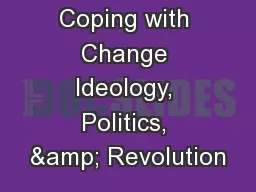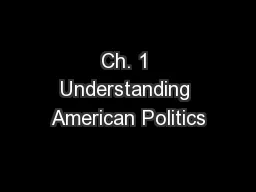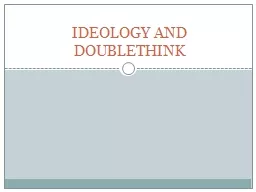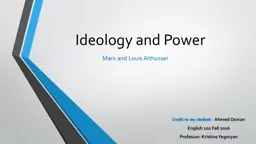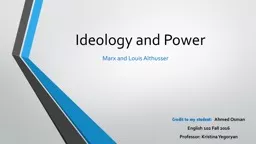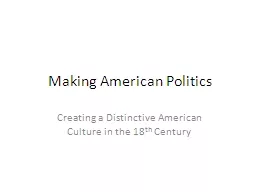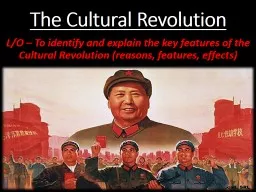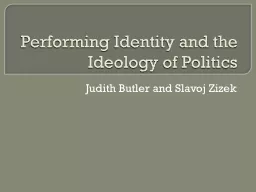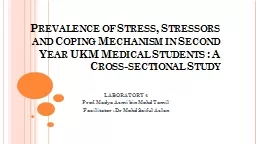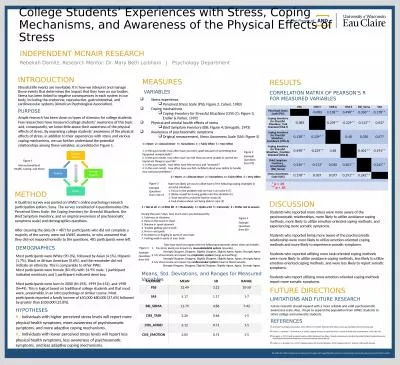PPT-Coping with Change Ideology, Politics, & Revolution
Author : natalia-silvester | Published Date : 2018-11-03
18151850 The Congress of Vienna A Gathering of Victors Metternich wanted to assure that peace in Europe was maintained Authority of the monarchies and aristocracies
Presentation Embed Code
Download Presentation
Download Presentation The PPT/PDF document "Coping with Change Ideology, Politics, &..." is the property of its rightful owner. Permission is granted to download and print the materials on this website for personal, non-commercial use only, and to display it on your personal computer provided you do not modify the materials and that you retain all copyright notices contained in the materials. By downloading content from our website, you accept the terms of this agreement.
Coping with Change Ideology, Politics, & Revolution: Transcript
Download Rules Of Document
"Coping with Change Ideology, Politics, & Revolution"The content belongs to its owner. You may download and print it for personal use, without modification, and keep all copyright notices. By downloading, you agree to these terms.
Related Documents

